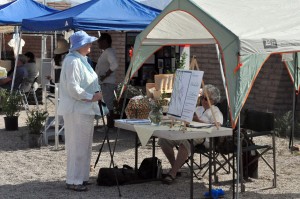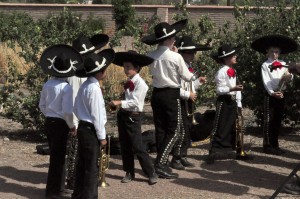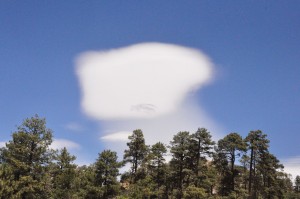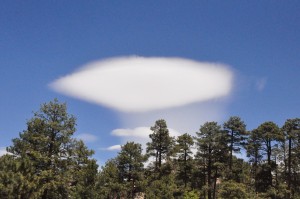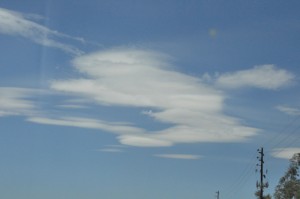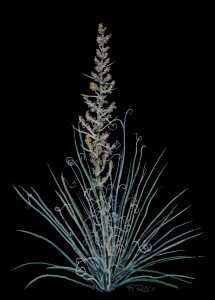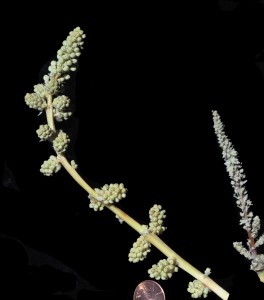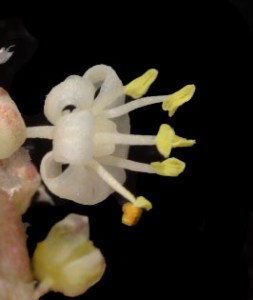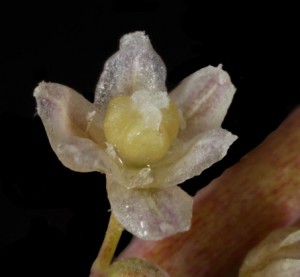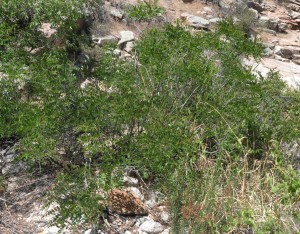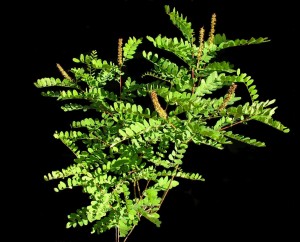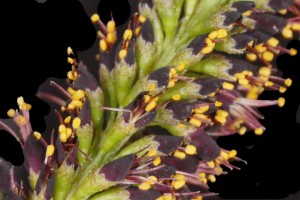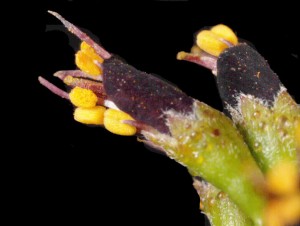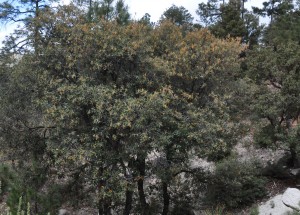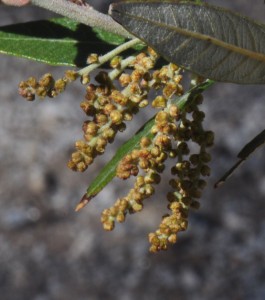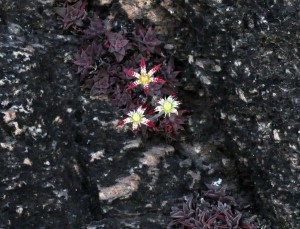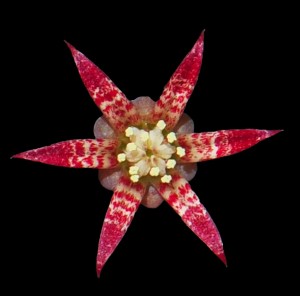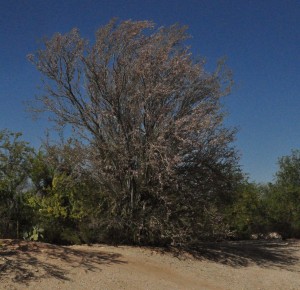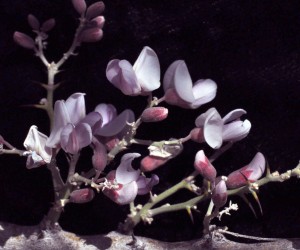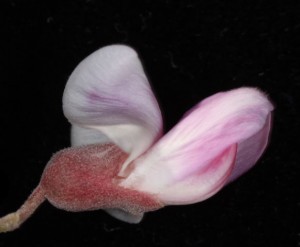Last Saturday my niece, Marjorie and I went to the Mission Gardens in Tucson (at the Base of “A” Mountain) to witness the celebration of Saint Ysidro. The Tucson Herbalist Collective, of which she is a member, had a booth there.
Marjorie at the Booth with Pam Nakai
It was great fun seeing the young musicians of the Davis Bilingual School with their Mariachi Band, and the procession of people of different ethnic groups. San Ysidro was famous as a Labrador (Farmer) who enriched the plant offerings that helped to support the population.
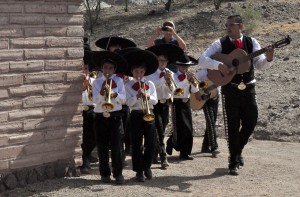
The Mariachi Band coming around the corner into the Garden
The musicians relaxing before their next song
At the end of the celebration I caught this picture of some women harvesting in the fields of the San Agustin Mission Garden.

Women harvesting
Wednesday Ed and I had a beautiful hike along Turkey Run. It was a cool day, and though there were not many different species in bloom, some of them, like the wild strawberry, carpeted large sections of the forest floor. The botanical name “Fragaria” is related to our word fragrant. I tried to smell the flowers, but couldn’t detect any particular odor. The references is to the wonderful smell of the strawberries themselves, which we rarely see in the wild since they are snatched up eagerly by the wildlife.
The False Solomon’s Seal and Star Solomon’s Seal were just coming into bloom. Their botanical genus, Maianthemum, means “May flower”, so this is their month.,
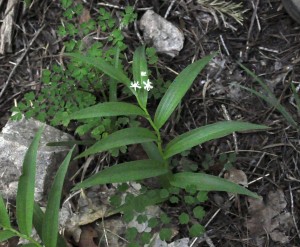
Star Solomon’s Seal
On the way down the mountain Ed and I were intrigued by the cloud formations. The first was pretty well shaped like a box. The cloud itself stayed very much in the same place for a long time, but its shape was constantly changing. On getting home I found that it was a Lenticular Cloud (Altocumulus lenticularis), one of the Altocumulus cloud formations. As we drove down the mountain, looking toward the East we saw banks of cumulus clouds (about 3 kilometer altitude). To the right were many examples of lenticular clouds, about twice as high off the ground. These clouds form in areas where the wind currents are in standing waves, so they are held in the same place for a long time. At times we had trouble keeping our eyes on the road because of the fascination of these amazing clouds.
At first this lenticular cloud was a rectangle but soon it lost one of its corners
In a few minutes the same cloud became an oval
Regular cumulus clouds
A group of lenticular clouds

